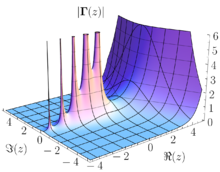Considering that the geographic North pole is a South magnetic pole, and vice versa for the other hemisphere, it stands to reason that any magnet in that field will simply reorient to align with N and S respectively. So we wont see a repulsion or attraction unless the generated field is the same size as the Earth's and somehow held locked to prevent rotation.
You can simulate that type of effect by placing two magnets side by side with the N-N and S-S next to each other. This would be the same effect a craft would have that generated a magnetic field that way.
So, while the electron will produce a magnetic field, it is important to realize that the field it produces is a dipole - let's say just for arbitrary reference, the dipole has N up (this will be for a specific motion and charge) then it's anti particle in the exact same environment would produce S up. But the N up will have a S down and the S up will have a N down. No real advantage here from an anti-gravity perspective. Besides that point, the Earth's magnetic field is much weaker than the Earth's gravitational field - so we can never use it to fully nullify gravity
Now what would be cool, is if we can use electromagnetism in some way to flatten out the curve of space time. Then Gravity would disappear
You can simulate that type of effect by placing two magnets side by side with the N-N and S-S next to each other. This would be the same effect a craft would have that generated a magnetic field that way.
So, while the electron will produce a magnetic field, it is important to realize that the field it produces is a dipole - let's say just for arbitrary reference, the dipole has N up (this will be for a specific motion and charge) then it's anti particle in the exact same environment would produce S up. But the N up will have a S down and the S up will have a N down. No real advantage here from an anti-gravity perspective. Besides that point, the Earth's magnetic field is much weaker than the Earth's gravitational field - so we can never use it to fully nullify gravity

Now what would be cool, is if we can use electromagnetism in some way to flatten out the curve of space time. Then Gravity would disappear

 Glad you cleared that up.
Glad you cleared that up.


Comment